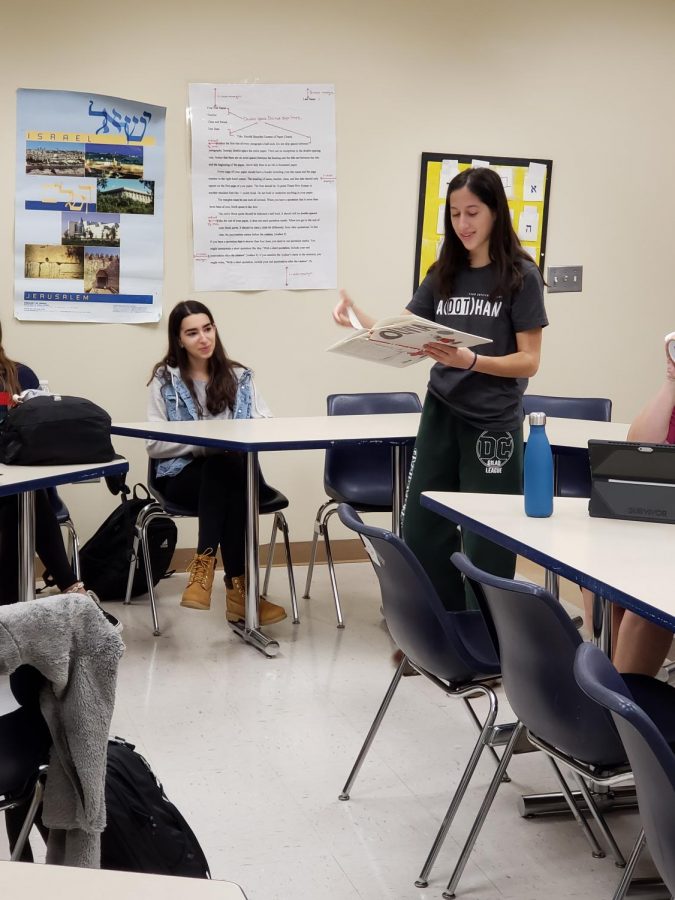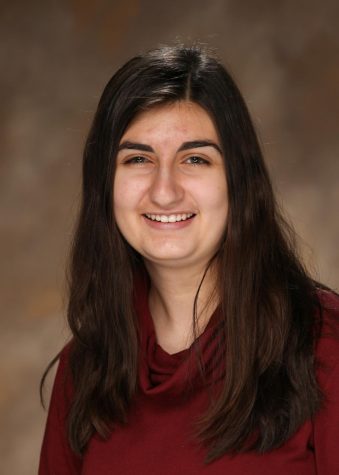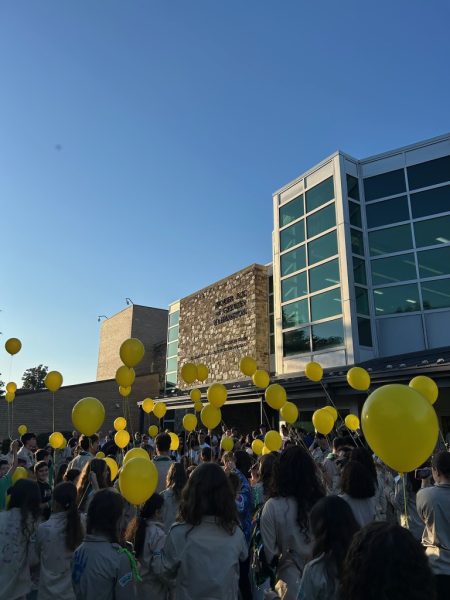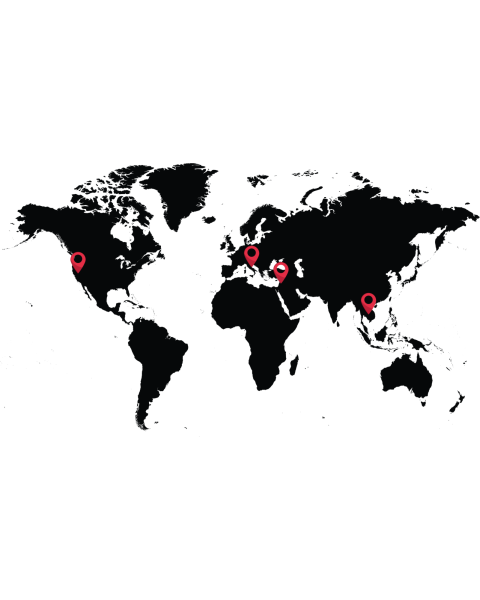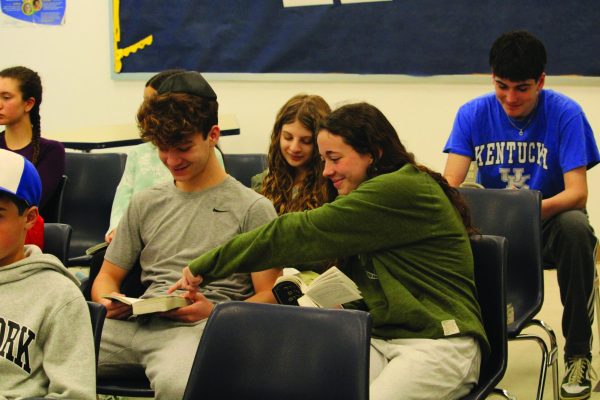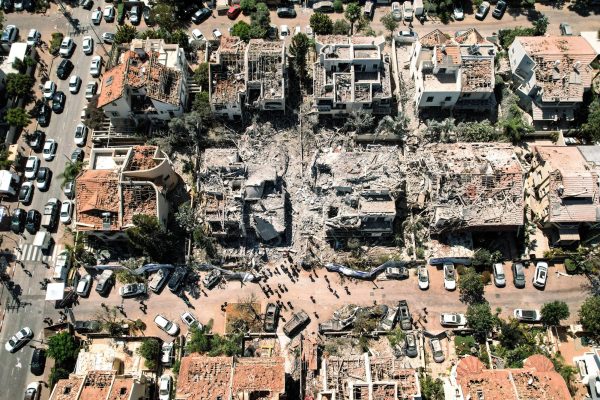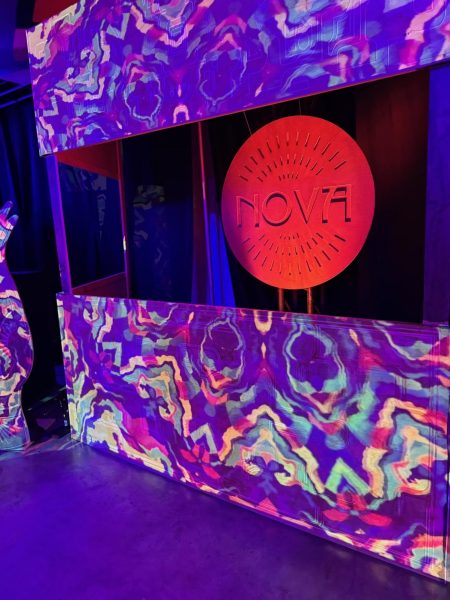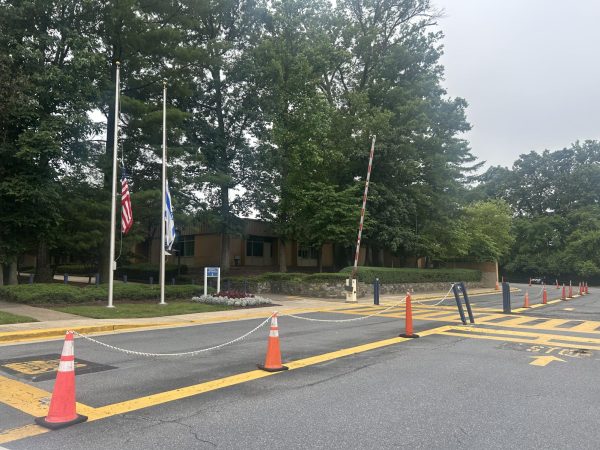Prayer through pencils: Creative options offered for Zman Kodesh
Every morning, senior Hadas Dubrawsky carries a black notebook into room 308. She is part of the Journaling Drisha Zman Kodesh.
According to Director of Jewish Life Stephanie Hoffman, Drisha Zman Kodesh options give students “an opportunity to take some creative form of expression and make it sacred.”
High school English teacher Nancy Wassner originally approached Hoffman two and a half years ago with the idea of a journaling Zman Kodesh group because she wanted students to have an independent time for spiritual and emotional growth. Hoffman and Wassner worked together to figure out how to make the program align with the values of Zman Kodesh.
“Thinking about the idea of Tefilah, it’s a reflexive word,” Hoffman said. “L’hitpalel is reflexive. What are we doing in our prayer — the idea of journaling being a reflective activity and a reflective process is actually something that spoke to me as a possibility.”
The journaling Drisha option is now in its third year and has 20 students in the group. Each day consists of 25 minutes of journaling on paper. Wassner often provides a prompt on the whiteboard, but students can write about any topic they choose.
Wassner said that journaling fits into the idea of Zman Kodesh because it connects mental, emotional and spiritual health.
“For me personally, I think that they are all very, very, very related, and I think that journaling is a good way to access that for some people because it’s just sort of quiet time,” Wassner said.
Although journaling is a private activity, Wassner thinks it is important to build a sense of community. On days when Zman Kodesh is longer than 25 minutes, the group spends time talking and getting to know each other in a discussion Wassner coined as “10 Minutes O’ Chatter.”
Additionally, when there are much longer Zman Kodesh periods such as on Rosh Chodesh, the group will have a breakfast where members can bring in food and play games.
Senior Hadas Dubrawsky joined the journaling Zman Kodesh at the beginning of the year. After participating in Mechitzah Sephardic Minyan throughout high school, Dubrawsky felt the need to change her Zman Kodesh selection. She switched into Wassner’s Zman Kodesh because she wanted a set time to take up journaling.
“I feel like journaling, not only is it a form of self-expression, but it’s almost in a way prayer because you really have time to really think,” Dubrawsky said. “It depends what you write about, but if you write about what you want to, you have time to think and you get time to process, and it’s very calming in the same way that prayer is.”
According to Hoffman, the Drisha options fit into the school’s value of pluralism because it gives students different ways to experience this sacred time. Hoffman said that an activity becomes sacred when individuals come together to do it together at a set time each day.
Dubrawsky also sees how having options for Zman Kodesh other than traditional liturgical prayer fulfills the goal of pluralism.
“There are people who choose to have a creative expression and see how Judaism doesn’t necessarily have to be religious,” Dubrawsky said. “It can be cultural. It can be communal. It can be all these kinds of things.”
This story was featured in the Volume 36, Issue 2 edition of The Lion’s Tale, published on Oct. 26, 2018.


